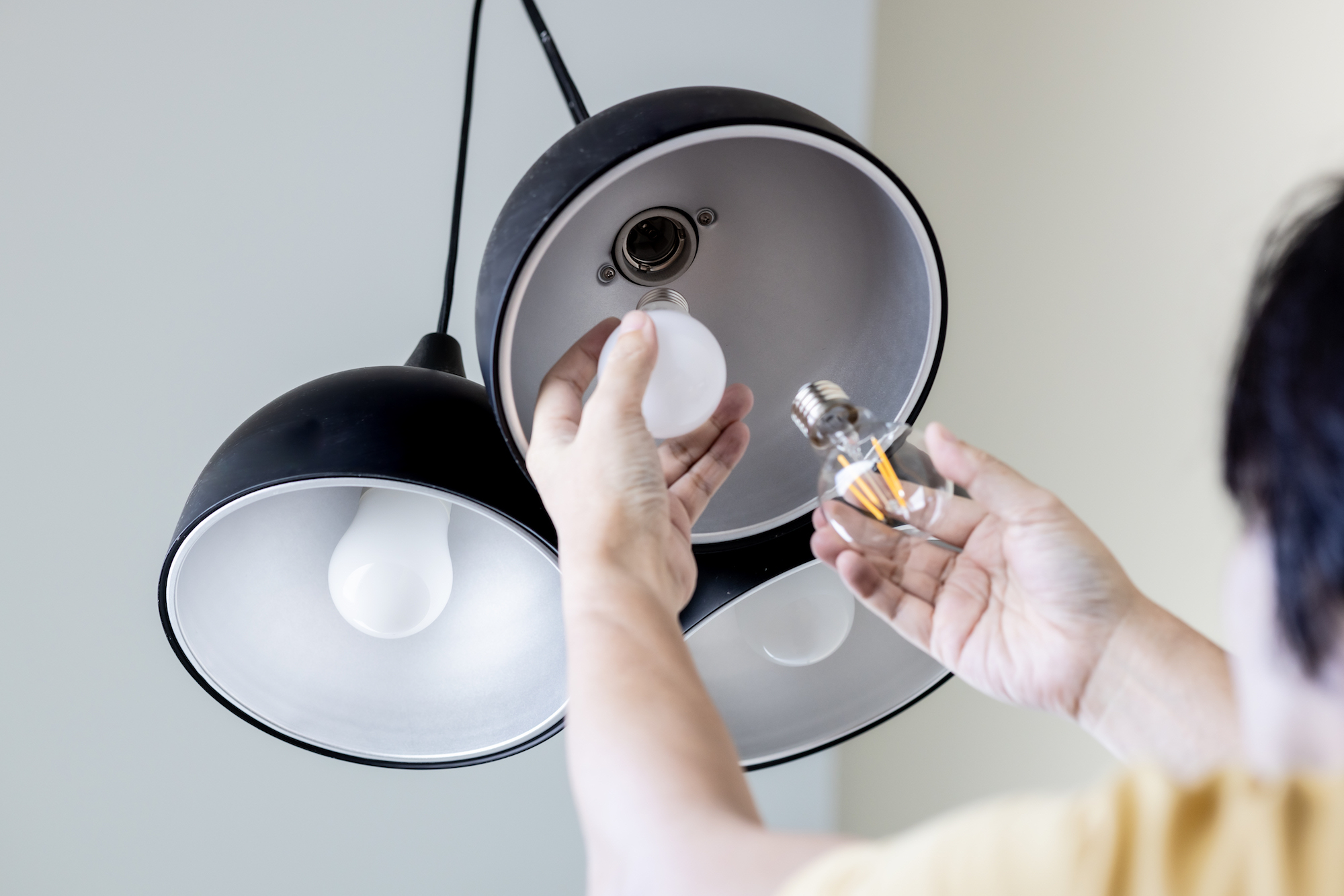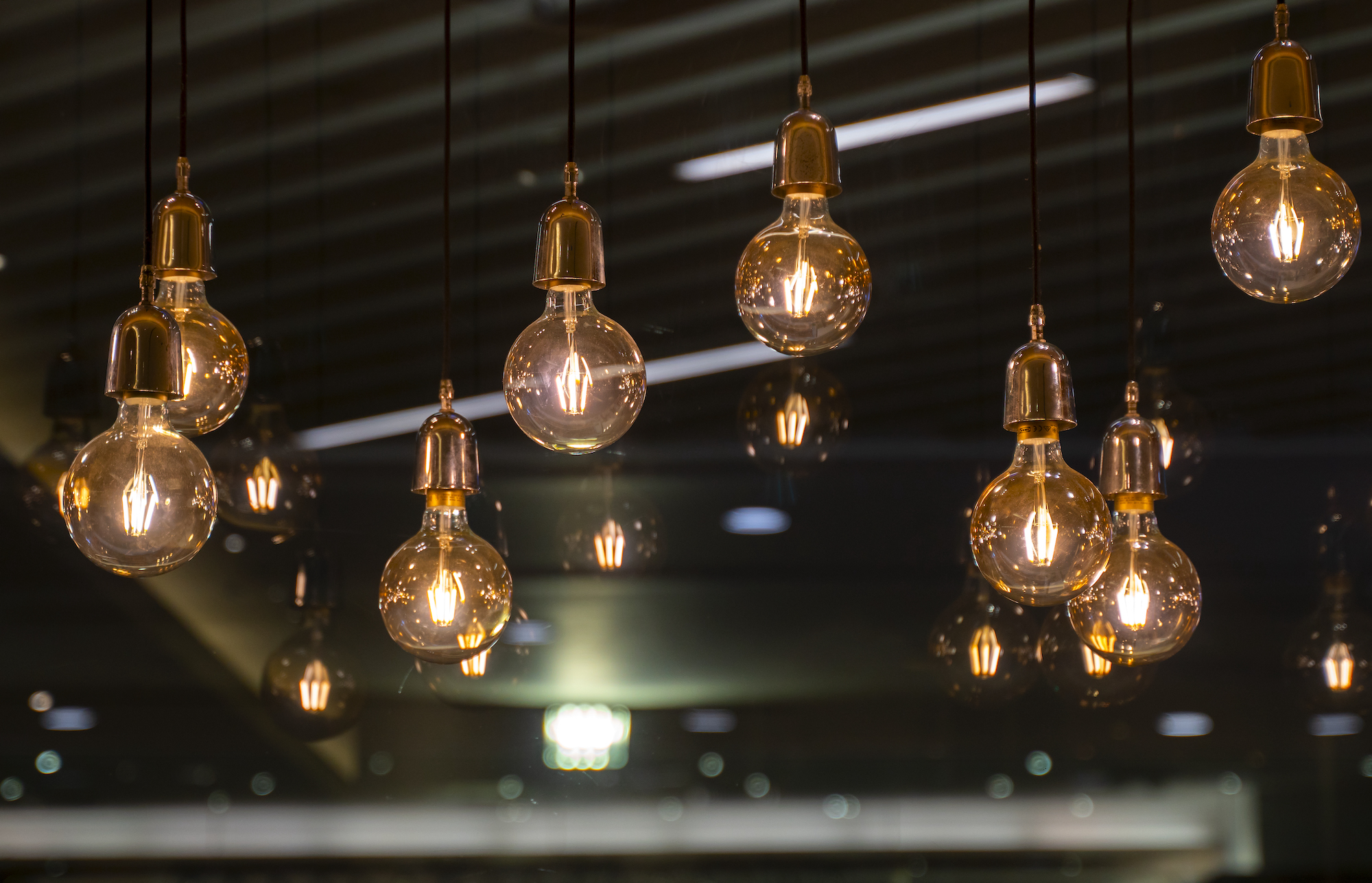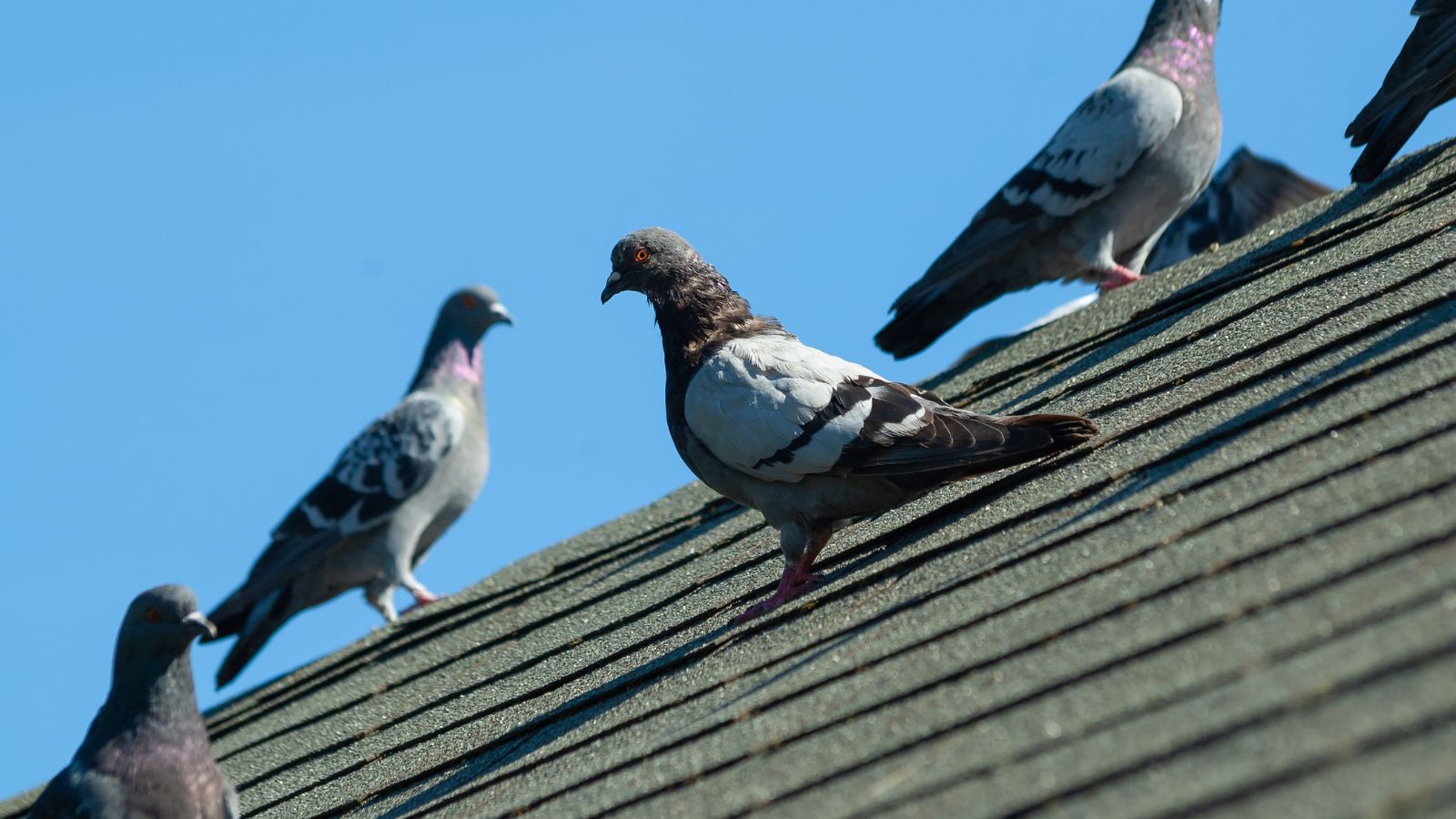Do LED Lights Get Hot? You Might be Surprised by the Answer
Do LED lights get hot? We answer this question and more frequently asked questions regarding LEDs in our quick guide, with opinion from lighting experts

If you're asking 'do LED lights get hot?' you're not alone! With more extreme temperature being seen every year, homeowners are looking for quick and cost-effective ways to cool down a house. Turning off LED lights could be one of them, but will this really make any noticeable difference?
If you've recently rewired during a new lighting design or have simply swapped out your old bulbs for more efficient ones, knowing how they work in important, especially when it comes to the comfort of a home's inhabitants.
Below, we delve into whether LEDs get hot and how high fluctuations can actually affect the lifespan and functionality of products.
Do LED Lights Get Hot?
In short, yes LED lights do get hot. This may be contrary to what many people think, as LED are cooler by far than the incandescent and halogen bulbs of the past.
Importantly, LED lights get hot, but not in the way we might assume. Traditional bulbs heat up in the form of infrared radiation which causes the surface of the bulb to become hot to touch — just remember how you would have to wait for a light bulb to cool before swapping it out.
"While some rumour that LED lights don't produce heat, that is not fully true. While the beam doesn't produce any infrared radiation, the fixture does produce heat," explains Michael Meiser, light expert from Lumilum.
"90% of incandescent bulbs go into generating heat, and only 10% for light and with LEDs only 20-50% of their energy produces heat and can vary depending on the type of bulb and its energy rating," he continues. "So, a 10 Watt LED, equivalent to a 60 Watt incandescent, will only generate 10 percent watts of heat compared to 60."
Even the best LED light bulbs will lightly warm up because of the internal components that create the light. The base of the LED bulb acts as a heat sink and allows the surface of the bulb to maintain a safe temperature. However, if these components are not adequately ventilated, it will produce more heat output.
"LED bulbs don’t tend to heat up as they are inherently low heat tech, but if they are left running in an enclosed space with no ventilation, for example, in a small glass shade, this can cause them to heat outside of their usual temperature," explains Peter Legg, lead designer of där lighting. "This will drastically shorten their life span and could cause your light to trigger its ‘safe mode’ where it will turn off periodically."

Are There LED Lights That Don't Get Hot?
Unfortunately, as with anything which produces energy, LEDs do produce a small amount of heat — there are no LED lights which do not produce heat.
However, there are steps to ensure that your LED lights don't overheat and shorten their lifespan:
- Try not to leave LED light bulbs on for an extended period of time. This can cause the LED to overheat and eventually diminish the light quality or even stop working.
- Follow the manufacturer's instructions concerning power supply.
- Increase ventilation and space — LEDs in small or stuffy rooms will overheat faster than those in larger and airier rooms.
Can LED Lights Cause a Fire?
It is highly unlikely for LED lights to cause a fire as the bulbs don't produce enough heat to create an ignition.
"Compared to incandescent bulbs that can reach a temperature of 216ºc after just 3 minutes, LEDs will never get to a temperature that could cause a fire," advises Michael Meiser.
However, if they are poorly installed or the wiring circuit itself is old or faulty, this could catch fire.
"String and strip lighting could pose a higher risk as more lights are powered from one source," adds Michael Leiser. "To reduce the fire risk, ensure you don't install string or strip lights near flammable materials, fit them in tight spaces and check the socket is not overloaded."
Why Choose LED Lights Over Other Bulb Types?
"LED lights use up to 90% less energy than incandescent and 80% less energy than halogen bulbs," says Lumilum's Michael Meiser.
"Plus, they last up to 25 times longer than incandescents, which have a typical lifespan of 1,200 hours. Halogens are slightly better than this, but not by far, as they are said to last twice as long as incandescents. Yet, LEDs still last 10 times longer and work for 25,000 - 50,000 hours on average.
"They also produce significantly fewer heat emissions and require less power to emit the same amount of light, making them more cost-effective, safer and environmentally friendly."
Plus, swapping out old inefficient bulbs with the best smart light bulbs may mean homeowners can control lighting using voice commands, a control hub or a smartphone.
Get the Homebuilding & Renovating Newsletter
Bring your dream home to life with expert advice, how to guides and design inspiration. Sign up for our newsletter and get two free tickets to a Homebuilding & Renovating Show near you.
Amy is an interiors and renovation journalist. She is the former Assistant Editor of Homebuilding & Renovating, where she worked between 2018 and 2023. She has also been an editor for Independent Advisor, where she looked after homes content, including topics such as solar panels.
She has an interest in sustainable building methods and always has her eye on the latest design ideas. Amy has also interviewed countless self builders, renovators and extenders about their experiences.
She has renovated a mid-century home, together with her partner, on a DIY basis, undertaking tasks from fitting a kitchen to laying flooring. She is currently embarking on an energy-efficient overhaul of a 1800s cottage in Somerset.

